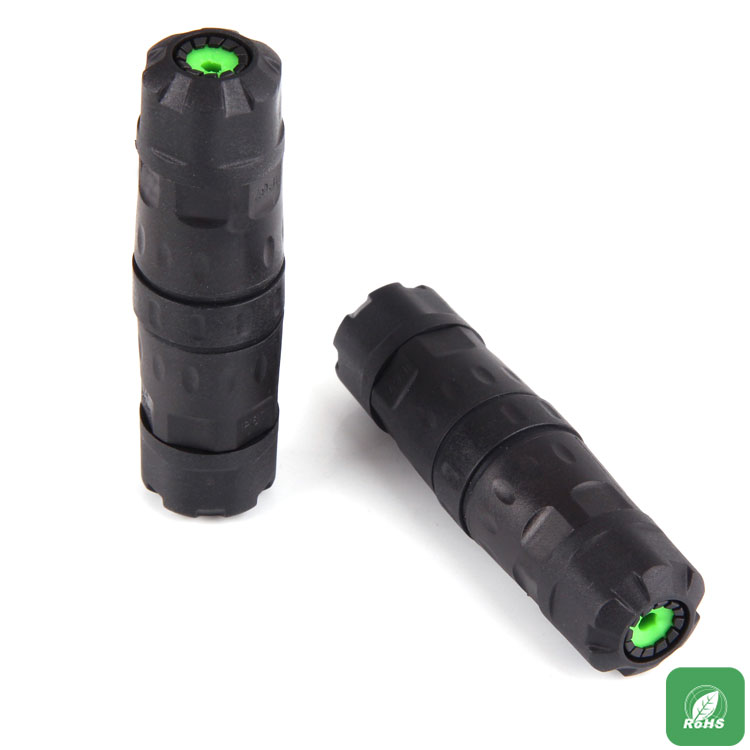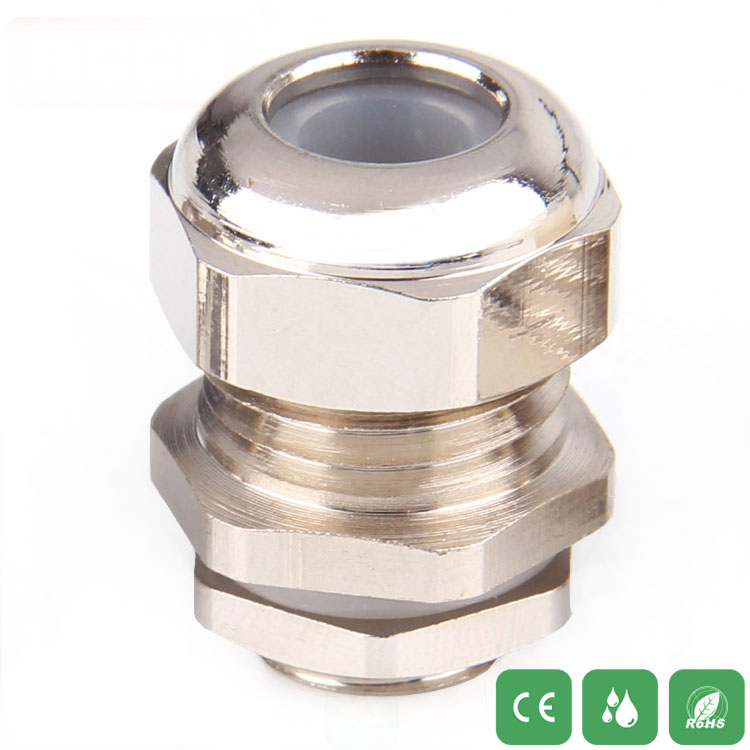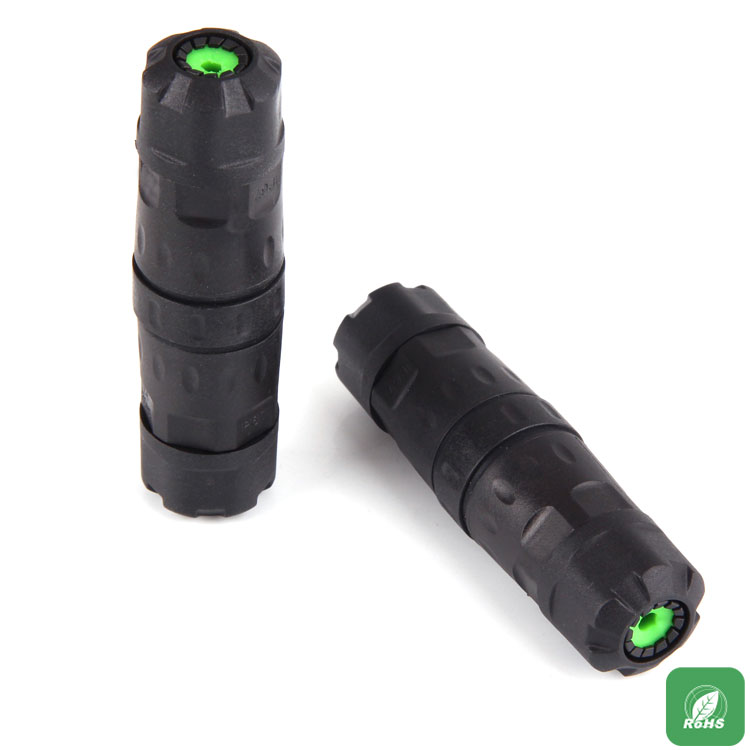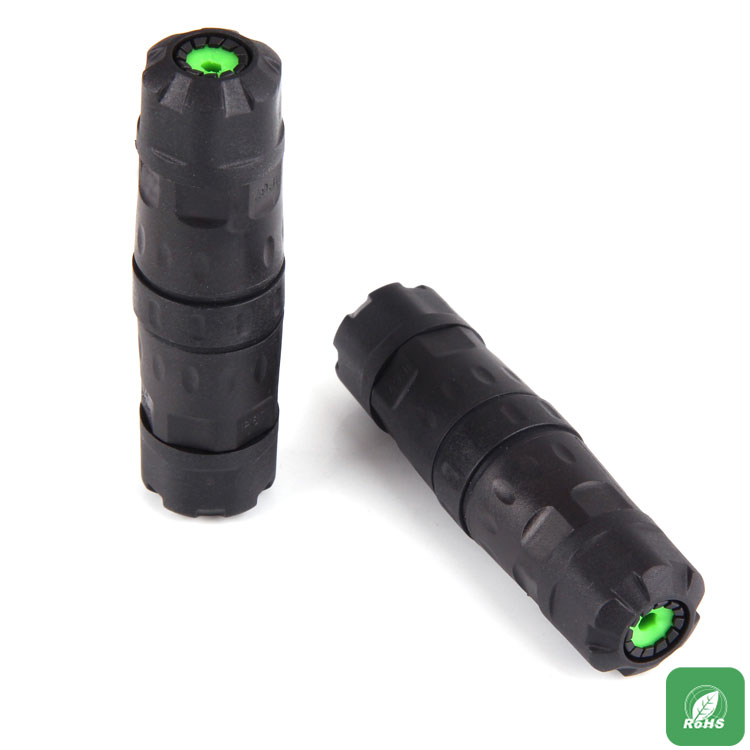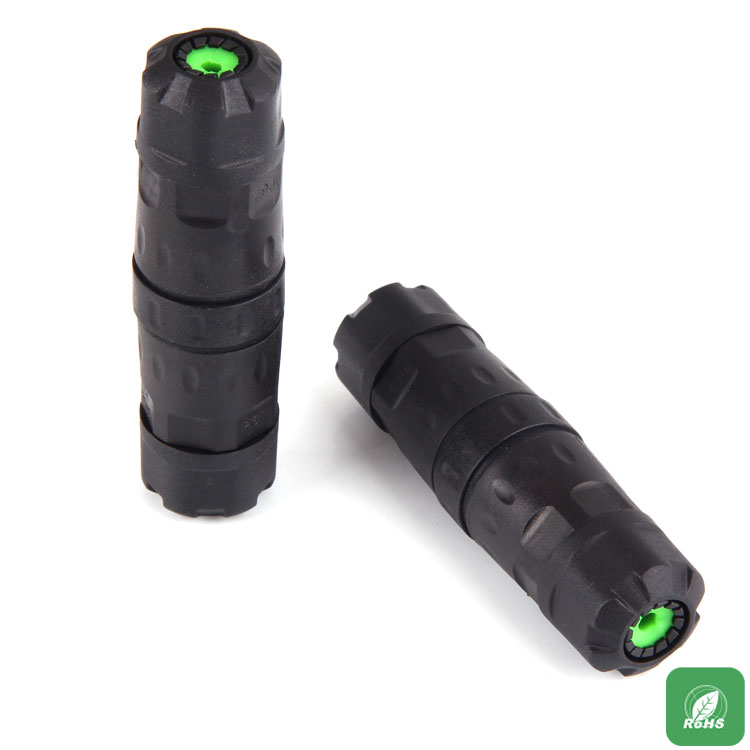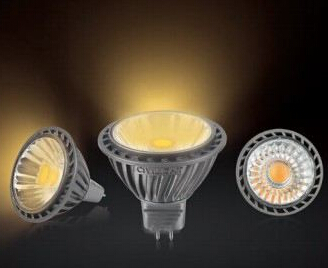Smart lighting refers to distributed wireless telemetering, remote control, and remote control systems that use computers, wireless communication data transmission, spread spectrum power carrier communication technology, computer intelligent information processing, and energy-saving electrical control to realize lighting equipment. Intelligent control. It has strong and weak adjustment of light intensity, soft start of light, timing control, scene setting and other functions; and it is safe, energy-saving, comfortable and efficient.
Users do not need to touch the switch, just gently press the remote control, the lights at home can automatically switch. It is expected that in the near future, smart lighting products will replace ordinary lighting products and become cutting-edge mainstream products in the lighting industry. The so-called intelligent lighting control product is to ensure that the lamp works normally and outputs the best lighting power to the lamp. In this way, the illumination glare caused by overvoltage can be reduced, the light emitted by the light can be softened, the illumination distribution can be more uniform, and the electric energy can be greatly saved. Intelligent lighting control system energy-saving rate of up to 20% to 40%.
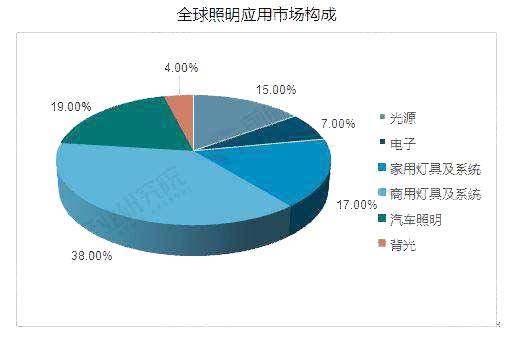
It is expected that the future intelligent lighting control system will connect independent control modules such as the dimmer module, switching power, scene control panel, sensors and programmers, programming sockets, and pc monitor to the computer data line to form an independent lighting control system. The intelligent management and automatic control of the lighting system facilitate the creation of a comfortable lighting environment and is conducive to people's health.
It will become a new trend in the development of lighting technology in the future.
In recent years, with the rapid development of the national economy, especially the rapid development of the real estate industry, the domestic intelligent lighting industry has developed rapidly and various types of smart lighting products have been introduced.
The use of intelligent lighting systems can improve the working environment and increase work efficiency. In conventional lighting systems, fluorescent lamps with conventional ballasts flash at a frequency of 100 Hz. This strobe can cause eye fatigue and reduce work efficiency. The operating frequency of the adjustable photoelectron ballast in the intelligent lighting system is very high (40 kHz to 70 kHz), which not only overcomes the strobe, but also eliminates the problem of unstable brightness during the start-up, while providing people with a healthy and comfortable environment. It also improves people's work efficiency.

Of course, smart lighting systems have considerable energy savings. The intelligent lighting control system uses advanced power electronics technology to intelligently dim most light fixtures. When the outdoor light is strong, the indoor illuminance is automatically dimmed; when the outdoor light is weak, the indoor illuminance is automatically brightened, so that the indoor illuminance is always maintained at a constant value, so that natural light can be fully utilized to achieve energy saving. In addition, intelligent lighting management systems can achieve energy conservation through intelligent management due to the way they set up lighting work conditions.
In addition, intelligent lighting control systems can improve management levels and reduce maintenance costs. The intelligent lighting control system converts the manual turning on and off of the general lighting into intelligent management, which not only enables the building managers to apply advanced management concepts to the lighting control system, but also greatly reduces the operation and maintenance costs of the building. Bring greater investment returns.
Compared with the traditional artificial decentralized control lighting system, although the proportion of the investment occupied by the intelligent lighting system in the early stage of the investment is obviously improved, the intelligent lighting mode is much better than the traditional manual lighting control mode. Providing a high-quality, efficient, comfortable lighting environment and improving the working conditions of operators and maintenance personnel, lighting energy consumption can be greatly reduced, especially in the case of a substantial increase in labor costs in the future, the use of intelligent lighting systems can effectively reduce maintenance Work intensity can even reduce maintenance personnel's configuration to save labor costs.
Compared with traditional lighting, smart lighting can achieve the purpose of safety, energy saving, comfort, and high efficiency. Therefore, smart lighting has good prospects for development in the fields of home, office, business, and public facilities. At present, the smart lighting market in China is not yet mature. The application fields of smart lighting are mainly concentrated in the fields of business and public facilities. The adoption of smart lighting in the fields of hotels, convention and exhibition venues, municipal engineering, and road traffic is more; Smart lighting is also used in construction and high-end villa projects. With the development of domestic intelligent lighting R&D production technology and product promotion efforts, intelligent lighting applications in the home field are expected to be popularized.
















 RCCN WeChat QrCode
RCCN WeChat QrCode Mobile WebSite
Mobile WebSite